Flame powder spray, also known as flame spraying or flame thermal spraying, is widely used in industrial maintenance and component restoration. One of its most common applications is the repair of worn metal surfaces. This technique is valued for its versatility, cost-effectiveness, and ability to restore the original dimensions and properties of damaged parts without the need to replace them entirely. But why exactly is flame powder spray commonly chosen for such repair tasks? To understand this, we need to explore how the process works, what makes it ideal for worn surfaces, and what benefits it provides across different industries.
At its core, the flame powder spray process involves feeding a metallic or ceramic powder into an oxy-fuel flame. The powder is heated to a molten or semi-molten state and then propelled by compressed gas onto a prepared surface. Upon impact, the hot particles flatten and rapidly solidify, forming a strongly bonded coating. This coating builds up in layers and can restore worn or eroded areas of a component to their original size and geometry.
One of the key reasons flame powder spray is used for repairing worn metal surfaces is its low heat input relative to other welding or thermal processes. When repairing a metal component, it is essential to avoid thermal distortion, warping, or changes in the metallurgical properties of the base material. Because flame spraying occurs at relatively lower temperatures and the heat is localized, the risk of these issues is minimal. This makes it suitable for repairing heat-sensitive or high-precision components, such as those found in engines, pumps, rollers, shafts, and industrial tools.
Another major advantage of the flame powder spray technique is its ability to apply a wide range of coating materials. Depending on the specific requirements of the repair, technicians can choose powders made from stainless steel, nickel alloys, bronze, aluminum, tungsten carbide, or ceramics. For example, in cases where the metal surface is exposed to high wear or corrosion, a hard-facing alloy or corrosion-resistant material can be applied. This means that the repaired surface is often more durable than the original, extending the part's service life beyond its initial expectations.
Flame powder spray is also valued for its cost-efficiency and speed. Replacing large or complex metal components can be expensive and time-consuming. In contrast, flame spraying allows localized repairs to be performed quickly and with minimal disassembly of the equipment. This can drastically reduce downtime and maintenance costs, especially in industries where productivity is tightly linked to equipment availability, such as mining, manufacturing, oil and gas, and power generation.
Another critical factor is that flame powder spray is highly adaptable to different part sizes and geometries. It can be applied manually or with robotic systems, making it effective for both small precision parts and large structural components. For example, technicians can rebuild bearing journals on a shaft, restore sealing surfaces on valves, or resurface rollers used in printing and paper manufacturing. In each case, the flame spray coating can be machined after application to achieve exact dimensions and surface finishes.
Surface preparation is essential for successful flame powder spray repairs. Typically, the worn surface must be cleaned and roughened—often through grit blasting—to ensure good mechanical bonding of the sprayed material. Once applied, the coating forms a dense, adherent layer that adheres through mechanical interlocking rather than melting into the base material, which helps maintain the integrity of the original component.
Moreover, flame powder spray coatings are inherently repairable and replaceable. If the sprayed layer wears down over time, it can be removed and replaced without damaging the underlying metal. This makes it a sustainable and circular option for equipment maintenance, as the same part can be reused multiple times, reducing waste and resource consumption.
While other thermal spray methods like plasma spray or high-velocity oxy-fuel (HVOF) may offer higher bond strengths or denser coatings, flame powder spray remains the go-to method for field repairs and general-purpose restoration because it requires relatively simple equipment, is portable, and is easy to control. It is especially advantageous in remote locations or workshops where more advanced equipment is unavailable or impractical.
Flame powder spray is commonly used for repairing worn metal surfaces because it combines precision, adaptability, and economy. Its low heat input protects the base material, while its material flexibility allows custom-tailored coatings to enhance wear resistance, corrosion protection, or dimensional restoration. These characteristics make it an indispensable technique in modern maintenance practices, supporting sustainable manufacturing and extending the life of valuable machinery and components across a wide range of industries.

 ENG
ENG
 English
English عربى
عربى Español
Español 中文简体
中文简体
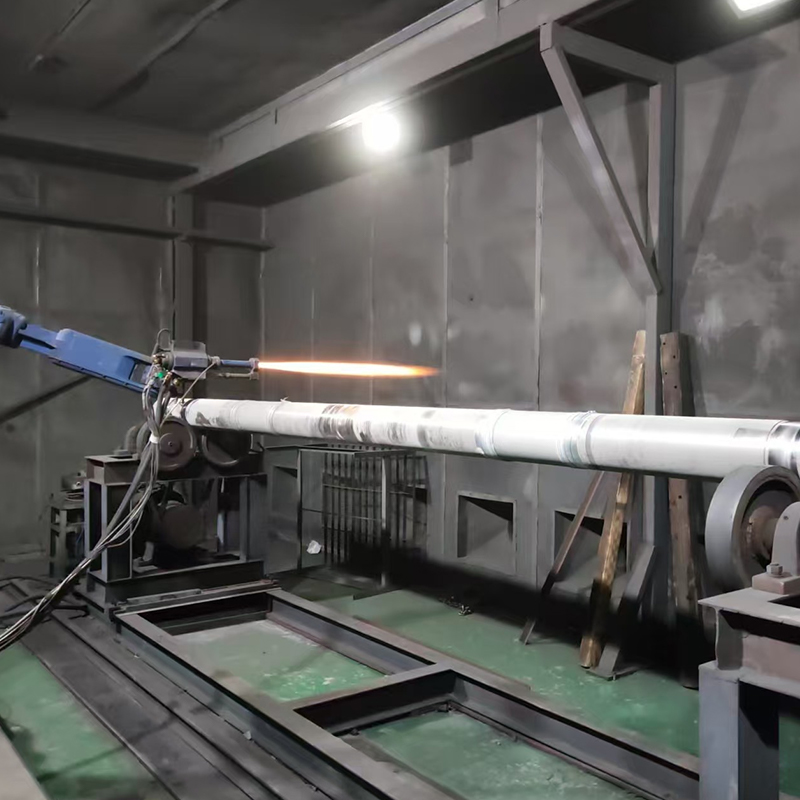
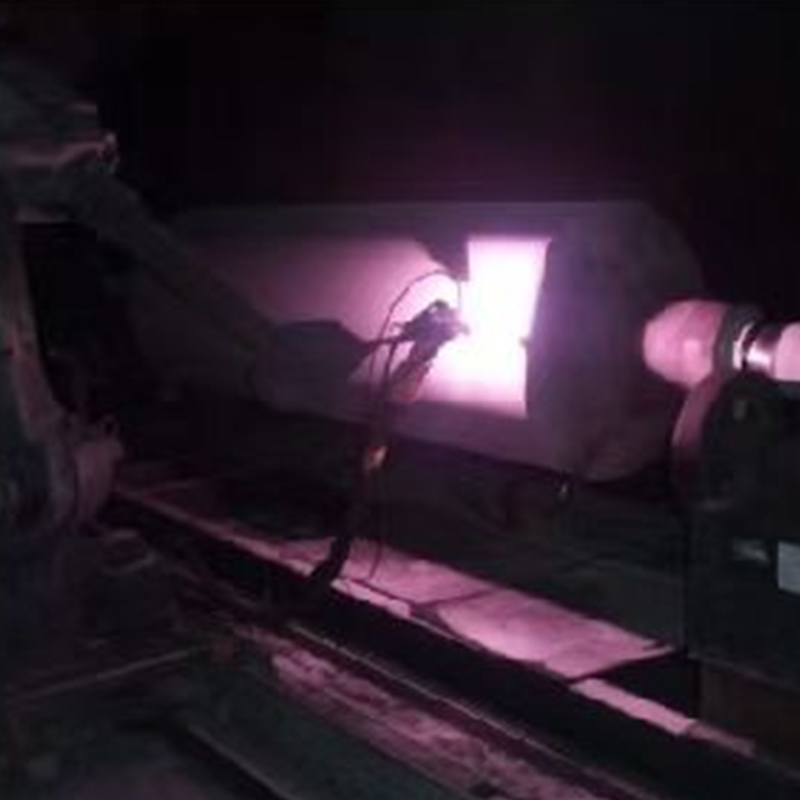
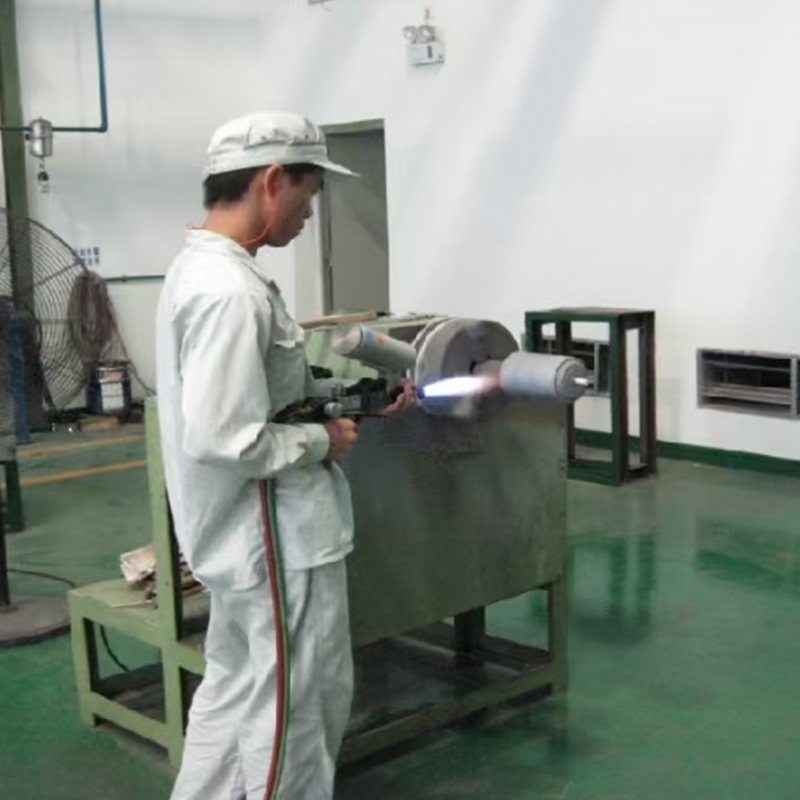

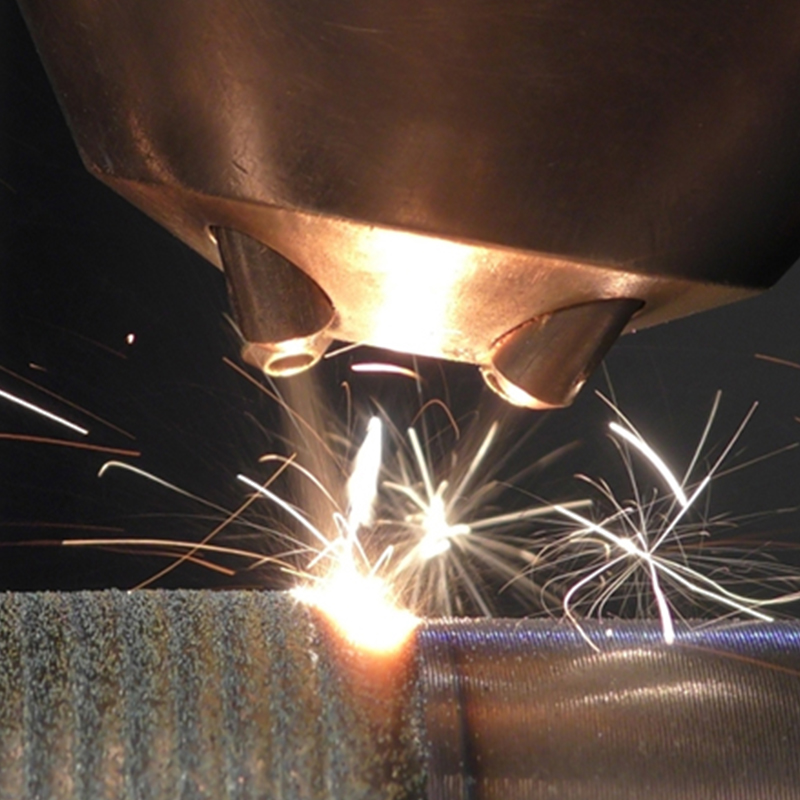
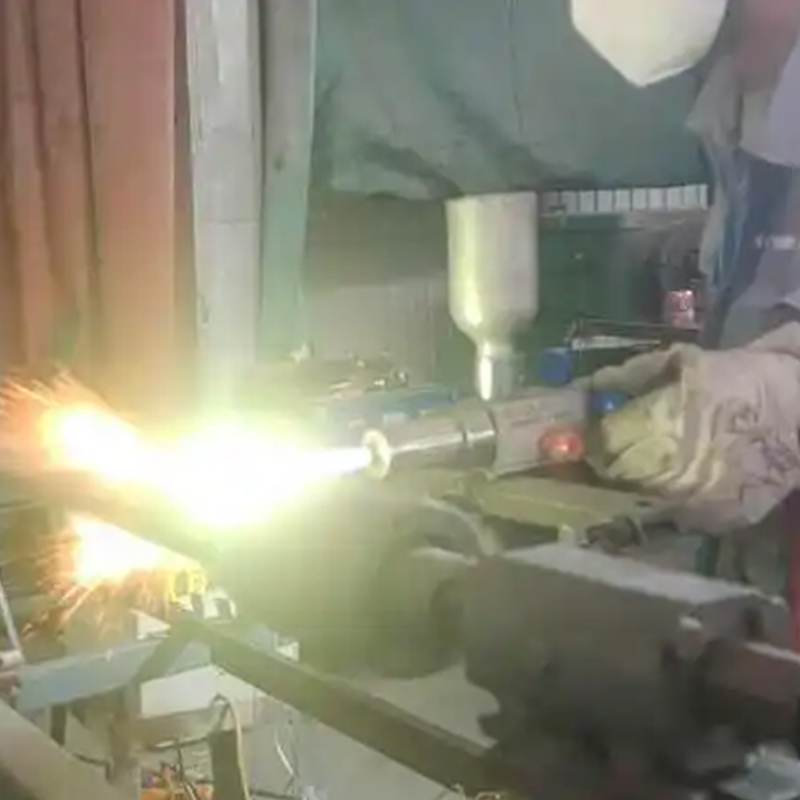
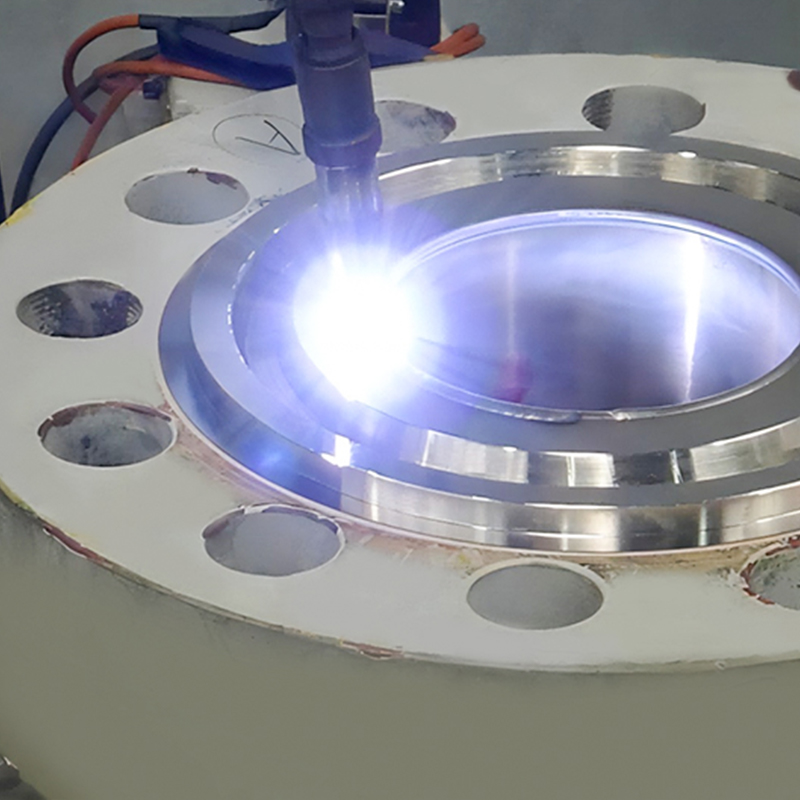
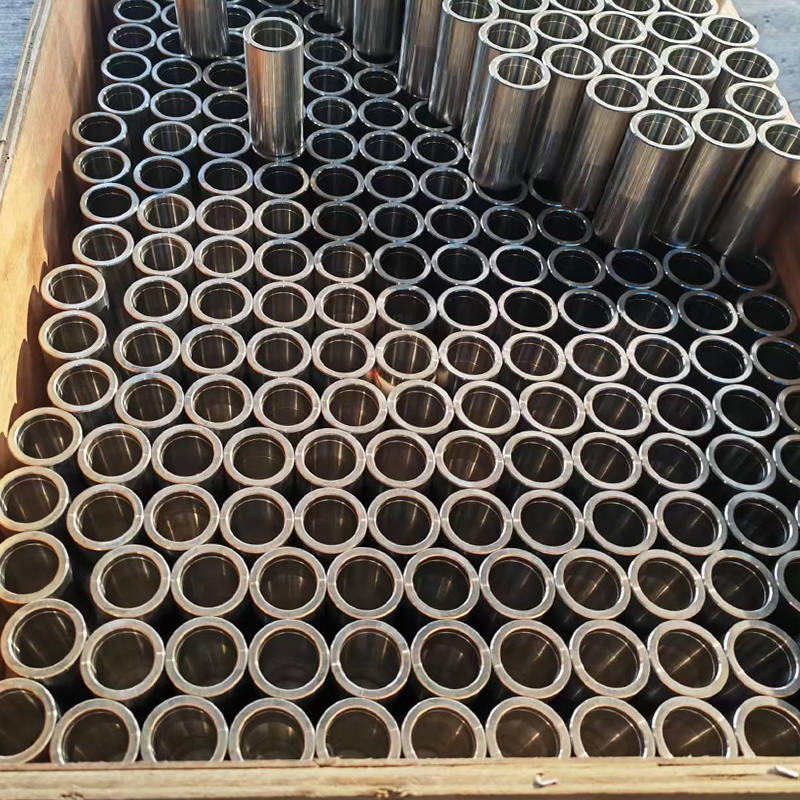
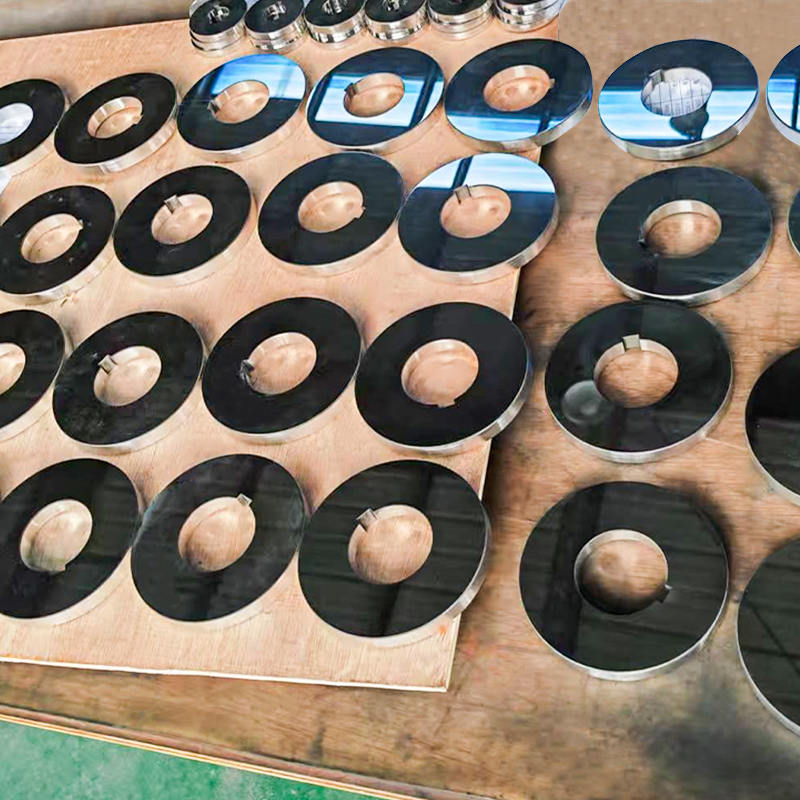
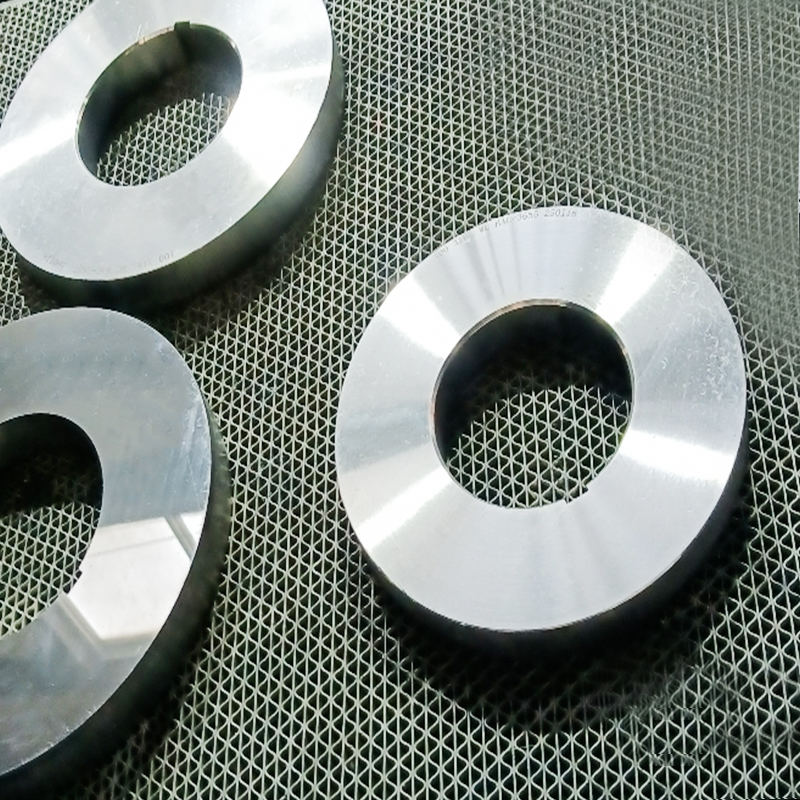
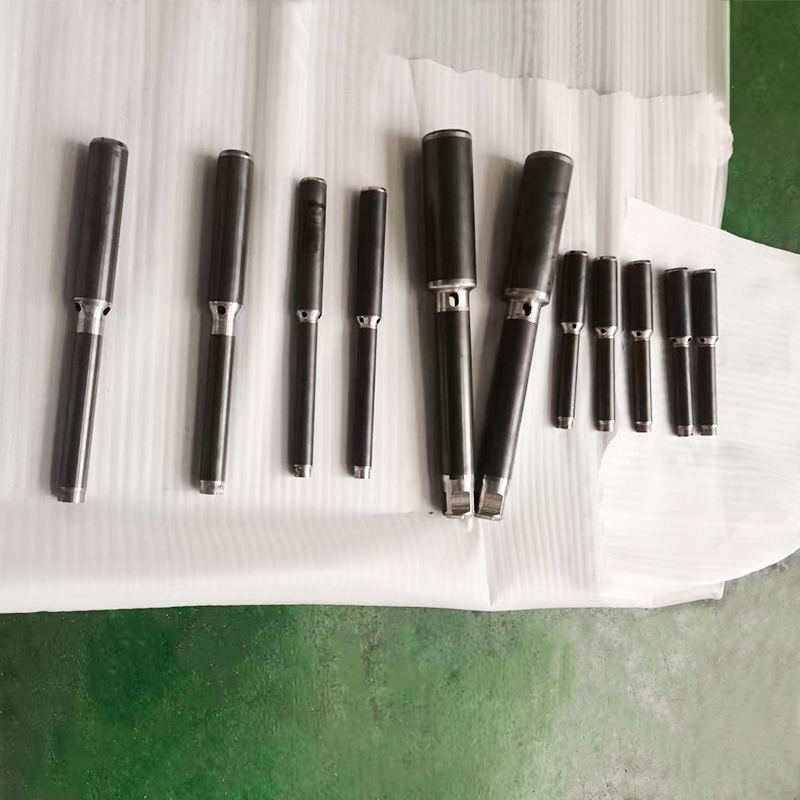
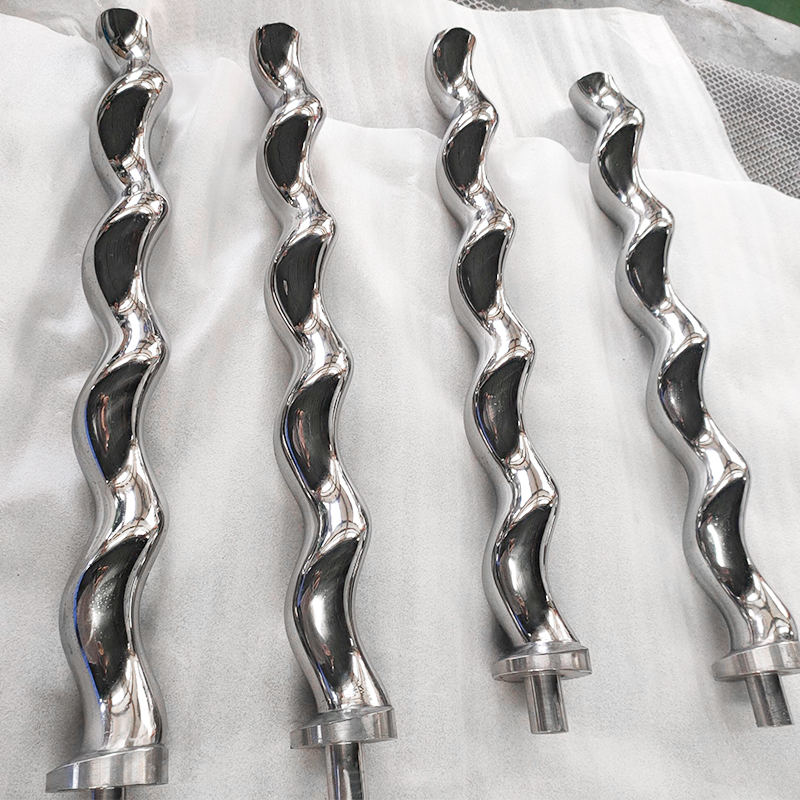

 TOP
TOP